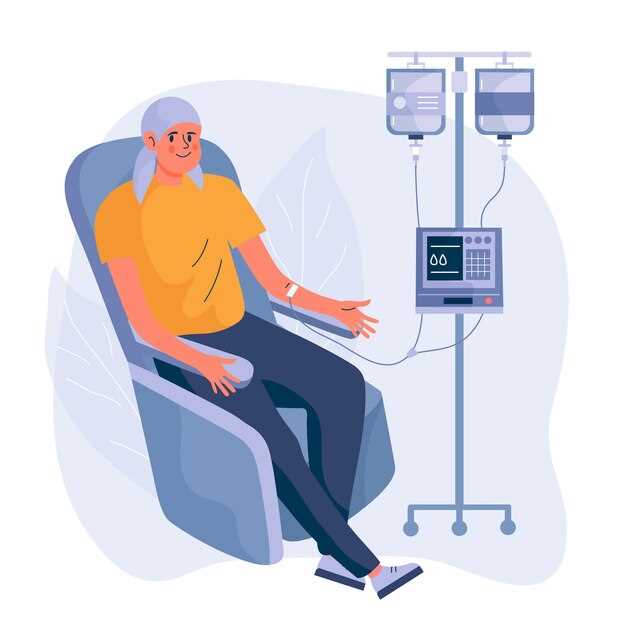
Are you seeking fast and effective relief from acid reflux and heartburn? Look no further than Omeprazole IV Route. Our innovative formula delivers rapid results directly to the source, providing you with quick and lasting relief. Say goodbye to uncomfortable symptoms and hello to comfort and peace of mind. Trust Omeprazole IV Route for superior acid reflux relief.
Key Benefits:
– Fast-acting relief
– Direct delivery for maximum effectiveness
– Long-lasting results
Experience the difference with Omeprazole IV Route today!
Benefits of IV Route

Omeprazole is a proton pump inhibitor that is commonly used to treat conditions such as gastroesophageal reflux disease (GERD), ulcers, and other gastrointestinal issues. When administered intravenously, Omeprazole has several benefits, including:
- Rapid onset of action: The intravenous route allows for quicker absorption of the medication, leading to faster relief of symptoms.
- Potential for higher bioavailability: By bypassing the digestive system, Omeprazole administered intravenously may have higher bioavailability compared to oral administration.
- Use in patients with impaired GI function: Intravenous administration may be preferred in patients who are unable to take medications orally due to conditions such as vomiting or gastrointestinal bleeding.
Overall, the intravenous route of Omeprazole offers a valuable option for patients who require rapid and reliable relief from gastrointestinal issues.
Benefits of IV Route
When administered intravenously, Omeprazole offers several advantages:
| Benefit | Description |
|---|---|
| Fast Acting | The IV route ensures rapid delivery of Omeprazole into the bloodstream, leading to quicker onset of action. |
| Precise Dosage | Administering Omeprazole intravenously allows for precise control over the dosage, ensuring accurate treatment. |
| High Bioavailability | The IV route provides high bioavailability of Omeprazole, leading to optimal absorption and effectiveness. |
| Use in Critically Ill Patients | For patients who are unable to take oral medications, intravenous administration of Omeprazole is a valuable option. |
Application and Dosage

Omeprazole is typically administered intravenously at a dosage of 40 mg once daily for up to 10 days. The IV route is preferred for patients who are unable to take oral medication or who require rapid symptom relief.
Before administering omeprazole intravenously, healthcare providers should ensure compatibility with the IV fluid being used. The medication should be given as a slow infusion over a period of at least 20 minutes to minimize the risk of adverse reactions.
The dosage of omeprazole may need to be adjusted based on the patient’s condition, response to therapy, and renal function. It is important to follow the prescribing information provided by the manufacturer and consult with a healthcare professional for proper dosing recommendations.
| Important Points: |
|---|
| Administer intravenously |
| Dosage: 40 mg once daily |
| Infuse slowly over 20 minutes |
| Adjust dosage based on patient’s condition |
Overall, omeprazole is a valuable medication for the treatment of various gastrointestinal disorders when administered intravenously at the appropriate dosage under the guidance of a healthcare provider.
Precautions and Side Effects
Before using Omeprazole via the IV route, it is important to consider some precautions:
- Inform your healthcare provider about any allergies you may have, especially to Omeprazole or any other medications.
- Discuss your medical history, especially if you have liver disease, low magnesium levels, or osteoporosis.
- Inform your doctor about any other medications you are currently taking, as certain drugs may interact with Omeprazole.
While Omeprazole is generally well-tolerated, some common side effects may include:
- Headache
- Nausea
- Abdominal pain
- Diarrhea
- Constipation
If you experience any severe side effects, such as severe stomach pain, signs of kidney problems, or allergic reactions, seek medical attention immediately.
Comparative Analysis
When comparing Omeprazole administered intravenously with other routes of administration, such as oral or intramuscular, several factors need to be considered:
- Efficacy: Studies have shown that Omeprazole administered intravenously has a faster onset of action and higher bioavailability compared to other routes, leading to more rapid relief of symptoms.
- Convenience: IV administration may be preferred in cases where oral intake is not possible or when a patient requires immediate and precise dosing.
- Safety: Intravenous administration of Omeprazole is generally safe when administered by a healthcare professional in a controlled setting, reducing the risk of misuse or overdose.
- Cost: IV Omeprazole may be more expensive than oral formulations due to the additional costs associated with IV administration and healthcare provider involvement.
Overall, the choice between intravenous and other routes of Omeprazole administration should be based on the patient’s condition, the need for rapid symptom relief, and the availability of healthcare resources.
